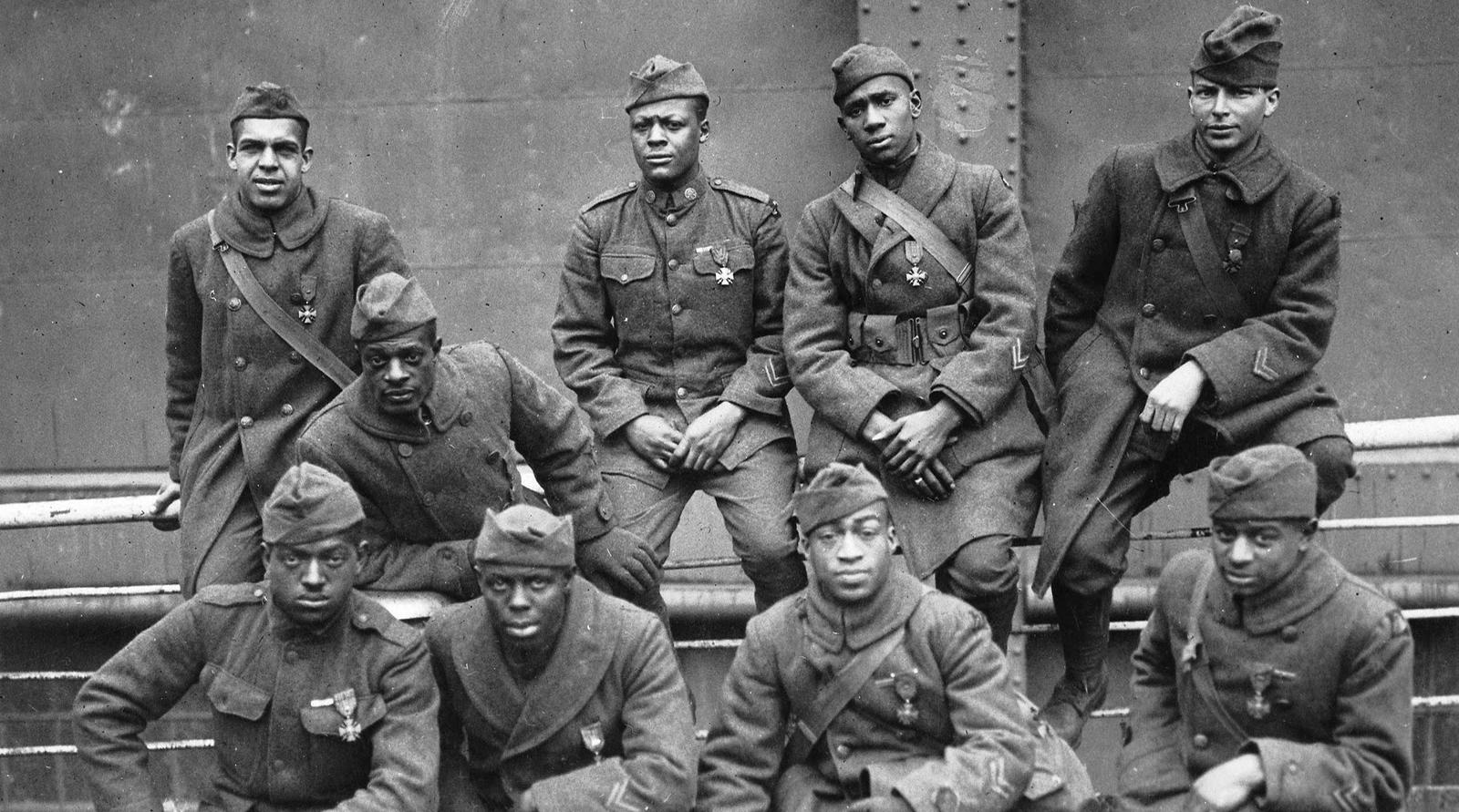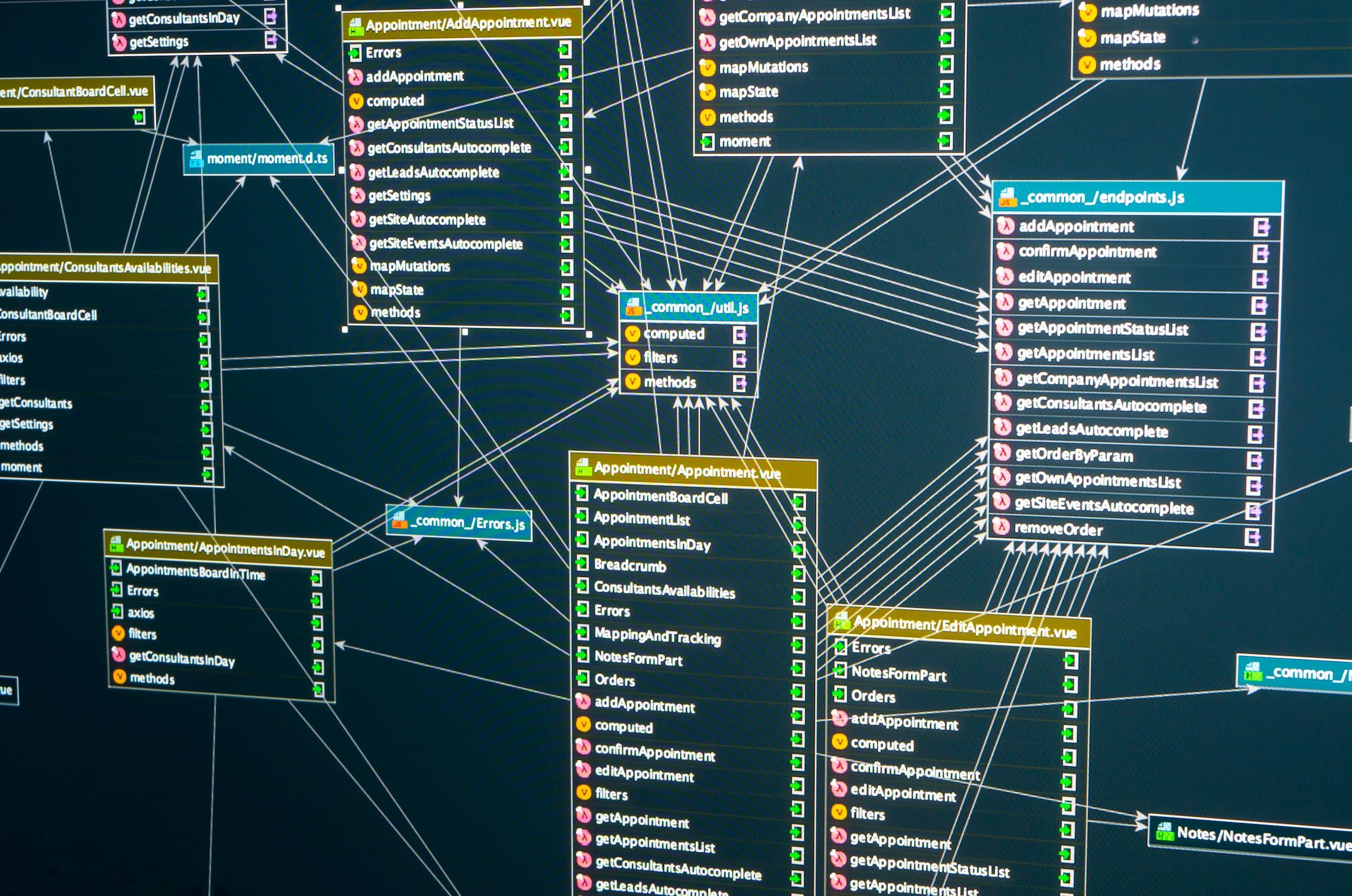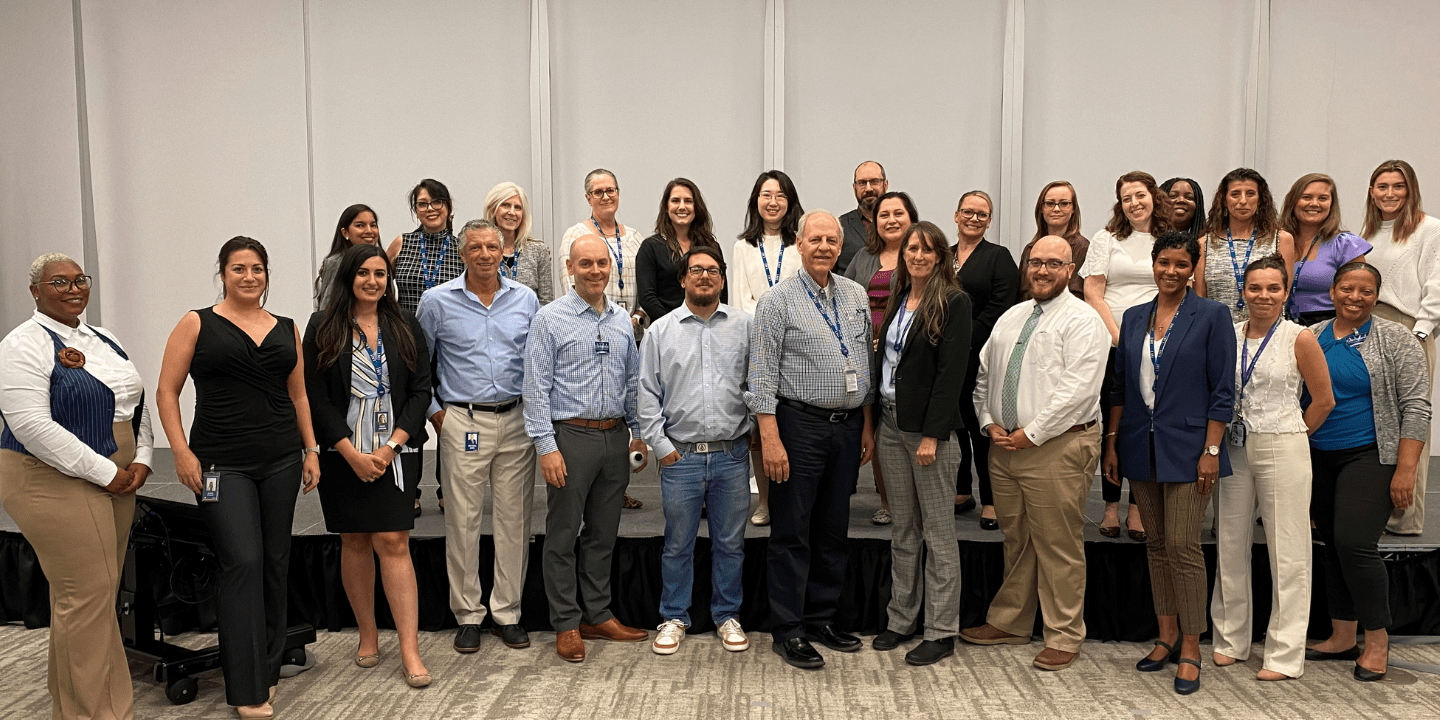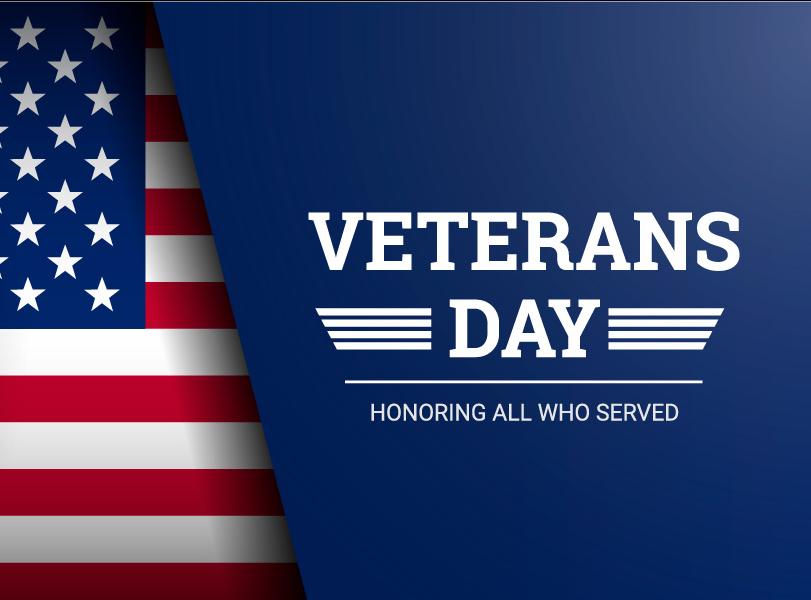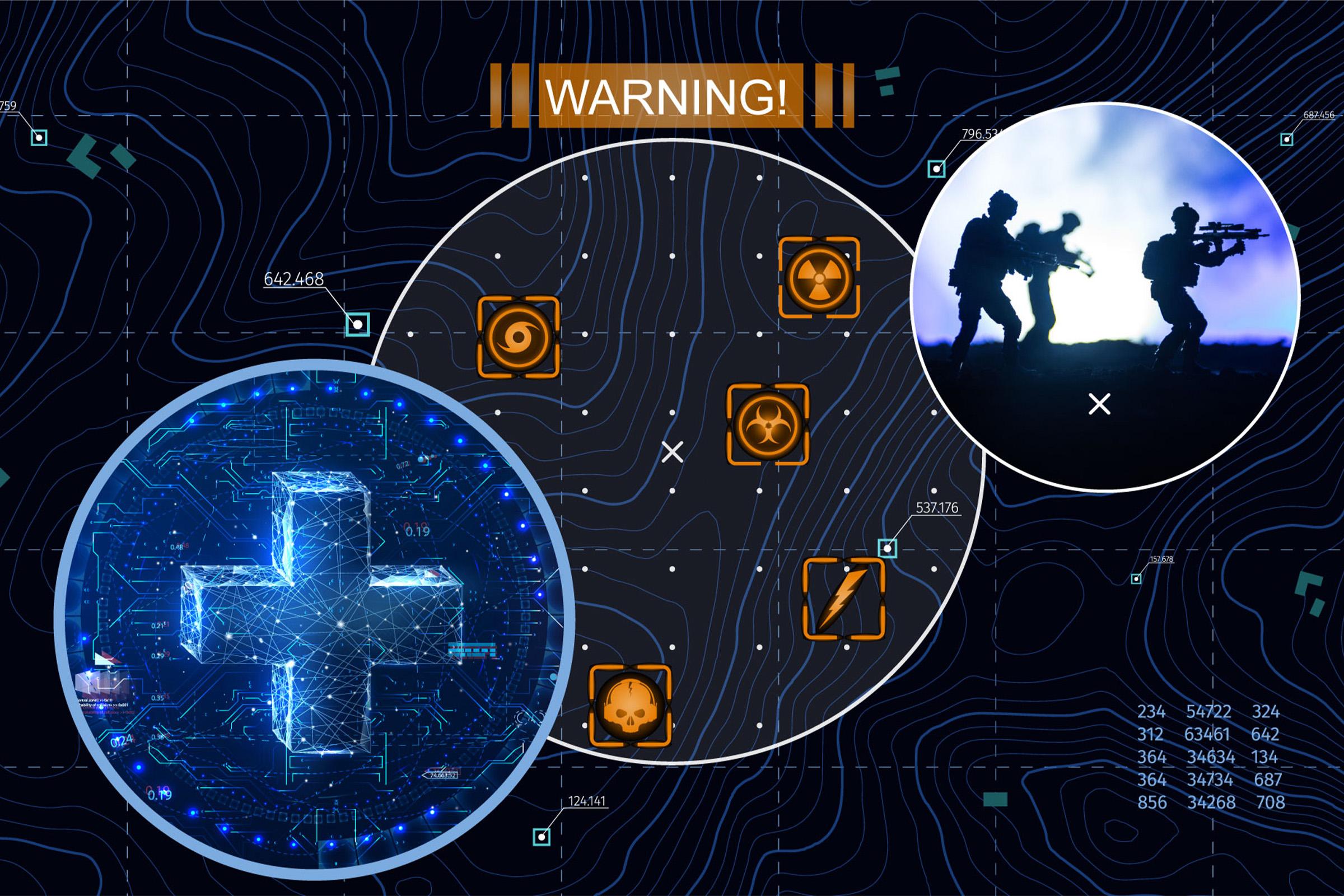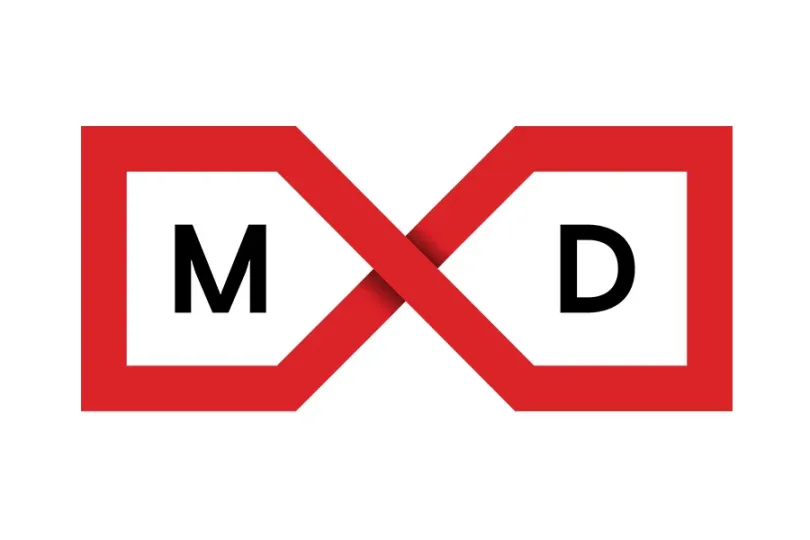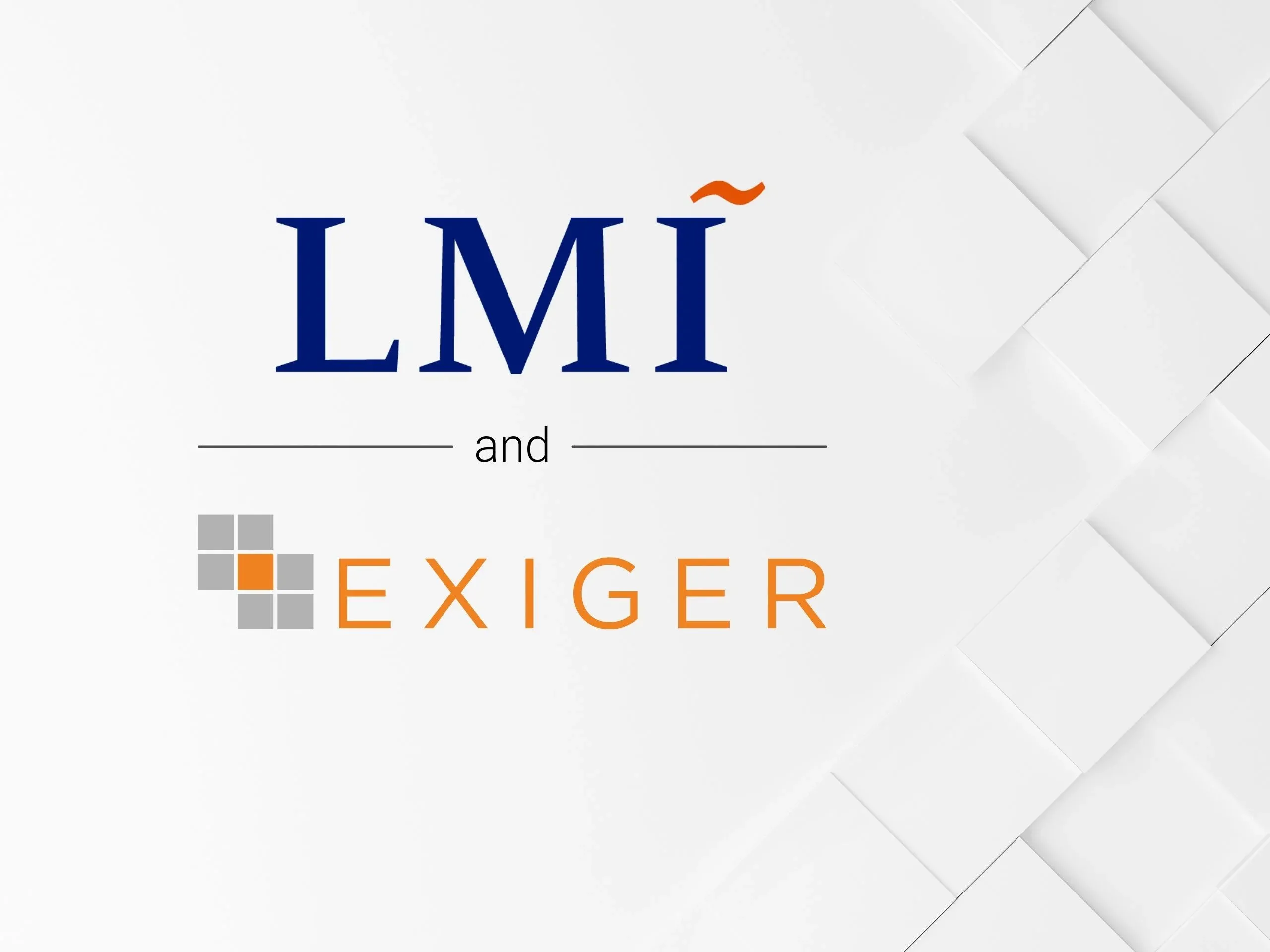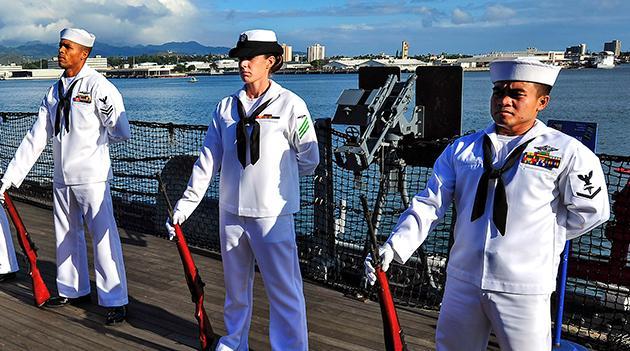
LMI project manager Mike Dingman has supported the Rapid Reaction Technology Office (RRTO) in the Department of Defense (DoD) for nearly 20 years. He previously supported RRTO as a member of The Tauri Group, which LMI acquired in 2019.
RRTO plays an integral role in developing and modernizing weapons systems and other capabilities. Mike leads RRTO’s Innovation Outreach program, which broadens industry engagement to address capability gaps and advance the next generation of military technologies.
In this interview, Mike details RRTO's unique contributions and accomplishments.

What role does RRTO play in defense innovation?
It brings the creative new ideas from industry to government together and applies them to command and service needs, creating technology that advances DoD modernization and ensures U.S. military technical superiority. RRTO's strength is its ability to discover new ideas for emerging technologies, turn them into executable programs, and deliver capability to the warfighter.
How does RRTO convert advanced concepts and technologies into operational capabilities?
RRTO conducts prototyping, operational demonstration and experimentation, and innovation outreach to foster capabilities in artificial intelligence and machine learning, autonomy, biotechnology, cyber, directed energy, fully networked C3 (command, control, and communications), hypersonics, microelectronics, quantum, space, and 5G. To support these efforts, RRTO primarily relies upon four programs:
- Emerging Capabilities Technology Development, which focuses on small businesses and nontraditional sources of innovation;
- Quick Reaction Special Projects, which creates proof-of-principle prototypes for emerging technologies and explores the art of the possible;
- the Rapid Prototyping Program, which delivers joint modernization capabilities in partnership with service programs of record;
- and the Rapid Prototyping Fund, which accelerates modernization priorities.
The most important measurement of RRTO’s effectiveness is the transition of technology from concept to capability. In fiscal year 2020, we transitioned 52 of 59 active projects—an 88% success rate.
You have managed RRTO’s innovation outreach since 2003. What does that entail?
The Innovation Outreach program encourages dialogue with new, nontraditional technology developers whose solutions may support DoD’s most pressing requirements. A big part of the program’s approach is lowering barriers to entry for these organizations, which are often inexperienced with government procurement processes.
Last year, the program received over 1,600 responses to stated DoD needs. Sixty-five submissions were presented to a government audience, resulting in discussions with over a dozen companies that DoD may not have discovered otherwise. RRTO has released its 2021 Global Needs Statement seeking innovative technologies with the potential to leap capabilities ahead of near-peer adversaries and fill mission-critical gaps no later than 2028. I have seen the evolution of some truly impressive technology while managing this program over the years.
What does success look like?
It’s all about effectiveness. The most important measurement of RRTO’s effectiveness is the transition of technology from concept to capability. In fiscal year 2020, we transitioned 52 of 59 active projects—an 88% success rate. Other important measures include presenting and defending RRTO’s budget to Congress and ensuring the funding we receive is spent appropriately within the year of execution. We also mentor companies that do not regularly work with DoD. It’s important that RRTO builds positive, lasting relationships and has a reputation for doing so. You could say building trust with our partners is another demonstration of success.
What role do public-private partnerships have in helping government stay on the cutting edge of innovation?
The federal government can see where commercial industry is going, but needs help incorporating those trends. RRTO certainly helps in that regard. Where government can make significant gains is to partner earlier in the creative process. Government labs and R&D organizations are incredibly impressive and have a lot to offer in terms of collaboration. A constant dialogue with companies, universities, and nontraditional partners can help government become integral contributors to technology development, positioning it to understand and harness new capabilities even more quickly.
It’s important that RRTO builds positive, lasting relationships and has a reputation for doing so. You could say building trust with our partners is another demonstration of success.











